
A More Connected Waco
Waco Transit System, the City of Waco, and Waco MPO are Reimagining Waco Transit to better serve your needs. With your help, we can improve connectivity and access for everyone in the community.
The project will involve a comprehensive public engagement process with the goal of fostering respectful and informative dialogue about the community’s mobility needs. Check this site for updates and opportunities to share your thoughts throughout the project.
Learn more about this study and take the survey: Reimagine Waco Transit (arcgis.com)
Continue Spreading the Word!
With all the exceptional responses we collected, we are looking for the chance to receive more before we close the survey on January 1, 2022 for the next phase of engagement. Please continue spreading the word with family, friends, and other interested parities in Waco through your networks, social media, and news outlets. The more people we reach, the more accurate our understanding of Waco transportation!
If you have any ideas for how we can reach more people interested in participating in our survey, please respond to this email with suggestions. We are always open to learning about better outreach and looking to improve our methods. The survey can be accessed through our website or this link: https://forms.gle/wPi4mGWqqWRR8eH86
We appreciate your help and look forward to keeping you updated in the future! Your efforts make this project successful!


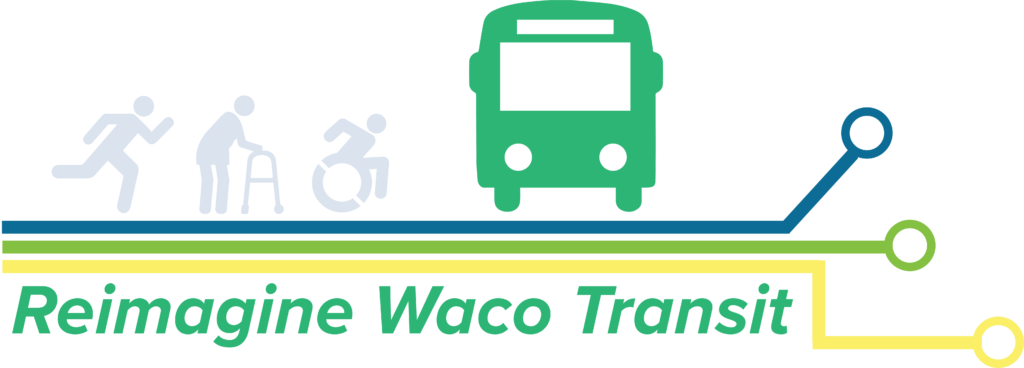
The American Journalism Project, in partnership with Waco Foundation, is hiring “community listening ambassadors” to help the project learn how people throughout the Waco area get the local news and information they need.

These ambassadors will help AJP hear from people with many different backgrounds and perspectives. This is a paid opportunity. We’re looking for:
* Residents of McLennan County, Falls County, and Hill County with deep ties to their community; and
* Good listeners who are respectful, caring, and curious.
It is a plus if a person has experience in community service, neighborhood advocacy, or community organizing is a plus. And people who are networked with rural communities are encouraged to apply.
People from the Black, Hispanic (Spanish-speaking), Native American, Asian descent, and immigrant communities are encouraged to apply.
The work can all be done remotely. It includes:
* Reaching out to people in an ambassador’s networks in whatever is the best way for them (phone calls, text messages, emails, over the fence);
* Conducting brief, informal interviews and taking notes to share what you learn with our research team;
* Regular check-ins with the research team by phone and/or video call;
* Making introductions and recruiting folks to take surveys and participate in focus groups;
* Sharing ideas and feedback about who AJP needs to hear from and what should be asked; and
* Average time commitment is 3-5 hours per week for about 12 weeks.
This is a community outreach and research project. Ambassadors will not be producing news or writing articles for publication. This project will run through early spring 2022. Ambassadors will be paid $20 per hour.
If you’re interested, please fill out the survey, linked here.
Feel free to reach out with any questions or concerns to Fiona Morgan, AJP’s director of community listening, at [email protected].
The Act Locally Waco blog publishes posts with a connection to these aspirations for Waco. If you are interested in writing for the Act Locally Waco Blog, please email the ALW team — [email protected].
By Lisa Elliott
McLennan Community College’s founding president, Dr. Wilbur Allen Ball, passed away after a brief illness Wednesday morning, Dec. 15. Ball served as president at MCC 1966-1988, when he retired.
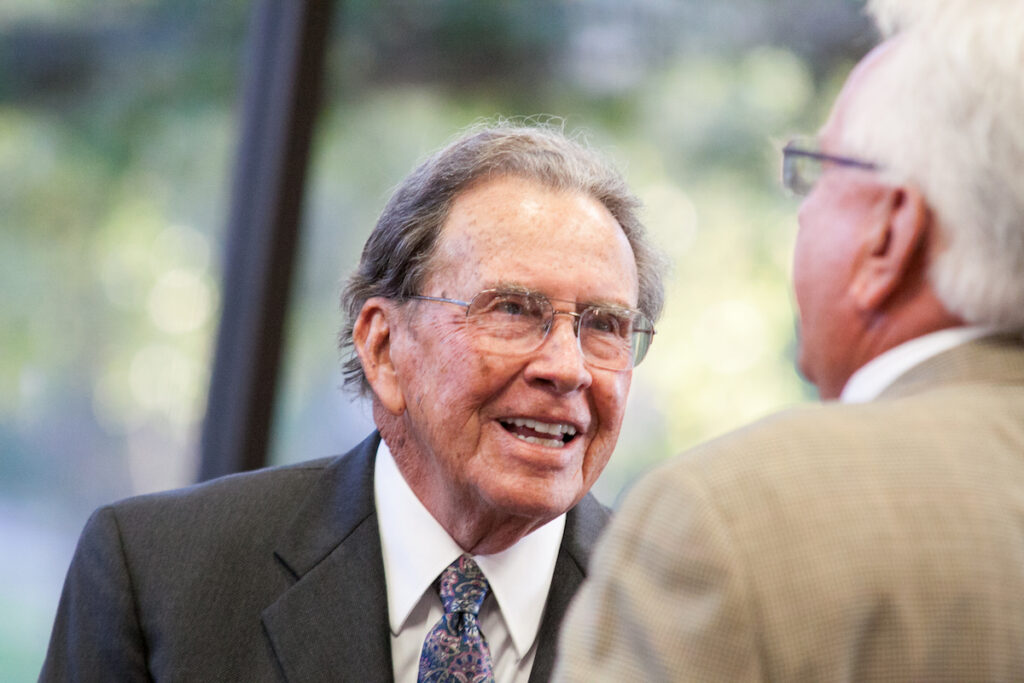
“He was the builder who laid the foundation for the college and set the vision to provide an affordable, quality education for students, while supporting the community,” said Dr. Johnette McKown, MCC’s current president.
Ball was born in 1928 in Berclair and graduated from Goliad High School. He served for three years in the U.S. Army Air Corps, which earned him an affordable higher education through the G.I. Bill. In 1949, Ball enrolled at the University of Texas, earning a bachelor’s degree in education in 1952, followed by a master’s in education administration in 1953. Later, Ball was awarded a W. K. Kellogg Foundation grant and returned to the University of Texas to earn a Ph.D. in higher education administration.
After college, Ball taught high school English and Spanish in New Braunfels 1952-1953 and in Corpus Christi 1953-1955. Ball started his tenure in higher education in the registrar’s office at Del Mar College in Corpus Christi and later as an assistant to the college president. He continued in higher education at Wharton County Junior College in Houston as vice president and dean until he was appointed president of the new community college in Waco, McLennan Community College.
Ball was one of 30 candidates for the new presidency at MCC. Founding board members said, “Ball had an unbridled optimism that he could hire a staff, set a curriculum, and find a location for the permanent campus within the next 9 months to open for fall classes in September 1966.”
On Feb. 22, 1966, the board unanimously voted to hire Ball, who become MCC’s first president on Mar. 1, 1966, leading the college for the next 22 years. On Sept. 19, 1966, MCC opened its doors to approximately 800 students and was temporarily located in the barracks on John Connally Air Force base. Ball and the board were soon planning the permanent campus location on the former Cameron Estate in north Waco. Upon his retirement, Ball was honored at MCC with the dedication of the Wilbur A. Ball Performing Arts Center.
According to MCC’s 40th anniversary history book, “The board and Ball agreed to establish an open-door admissions policy and [stressed] the importance of attracting students from all races and cultural backgrounds to the new school as well as providing continuing education courses for working adults.”
“A community college has to have something for everybody,” Ball said.
He left an indelible impression upon the college and thousands of students with his leadership and vision for higher education in McLennan county.
Retired history professor, Paul Holder, said, “[I] lost a friend today, but the people of Central Texas lost even more – a powerful voice for an affordable quality education and a better life for all.”
Ball is survived by his wife, LaWanda Gersbach Ball; daughter, Christi Lee Ball Nichols; son, Jason Allen Ball; and four grandchildren. Services are pending.
The Act Locally Waco blog publishes posts with a connection to these aspirations for Waco. If you are interested in writing for the Act Locally Waco Blog, please email the ALW team — [email protected].
By Ferrell Foster
’Tis the season to be merry! Christmas and New Year are coming, and merriment is in the air. In fact, we hardly ever use the word “merry” except in relation to Christmas.

So what does this little-used word mean? Dictionary.com to the rescue:
— full of cheerfulness or gaiety; joyous in disposition or spirit
— laughingly happy; mirthful; festively joyous; hilarious
You’ve got to love a little merrymaking.
But, there is, however, a problem. For some strange reason, our culture has come to associate merry making with drinking lots of alcohol. There is probably no better indication of a sickness in our society than that we associate fun with consuming vast quantities of something that numbs our thinking.
Cutting to the chase: This holiday season, try making merry without a bunch of alcohol. A little is OK, but a lot can ruin a party and a life.
Most people do not think of what they do as binge drinking — that’s what foolish college students do. The Centers for Disease Control and Prevention defines binge drinking as four drinks for women and five drinks for men on one occasion.
“Heavy drinking” is eight or more drinks in a week for a woman and 15 or more for a man. (It seems alcohol is a bit sexist.)
I’m concerned broadly about the negative effects of heavy drinking on people. The more I learn about challenges facing individuals and families, the more it becomes obvious substance abuse is playing a huge part — from mental health to quality parenting, from ability to hold a job to deadly auto accidents. It’s the ugly truth that alcohol commercials never depict.
Pardon me for being direct, but some people will probably die in the next couple of weeks because some otherwise good people drink too much at a party and then drive. Please, don’t drink and drive; you might save a life, even though you will never know it. You will, however, know it for the rest of your life if you kill someone, as will all of the people who love your victim.
Also, there are some people around you who really struggle with limiting their alcohol intake. Please don’t let your own ability to “handle” a drink make it hard for people around you.
Be smart this Christmas and New Years. Be safe. Having fun need not be associated with heavy drinking. The holidays will be best in Waco if we keep the lid on drinking.
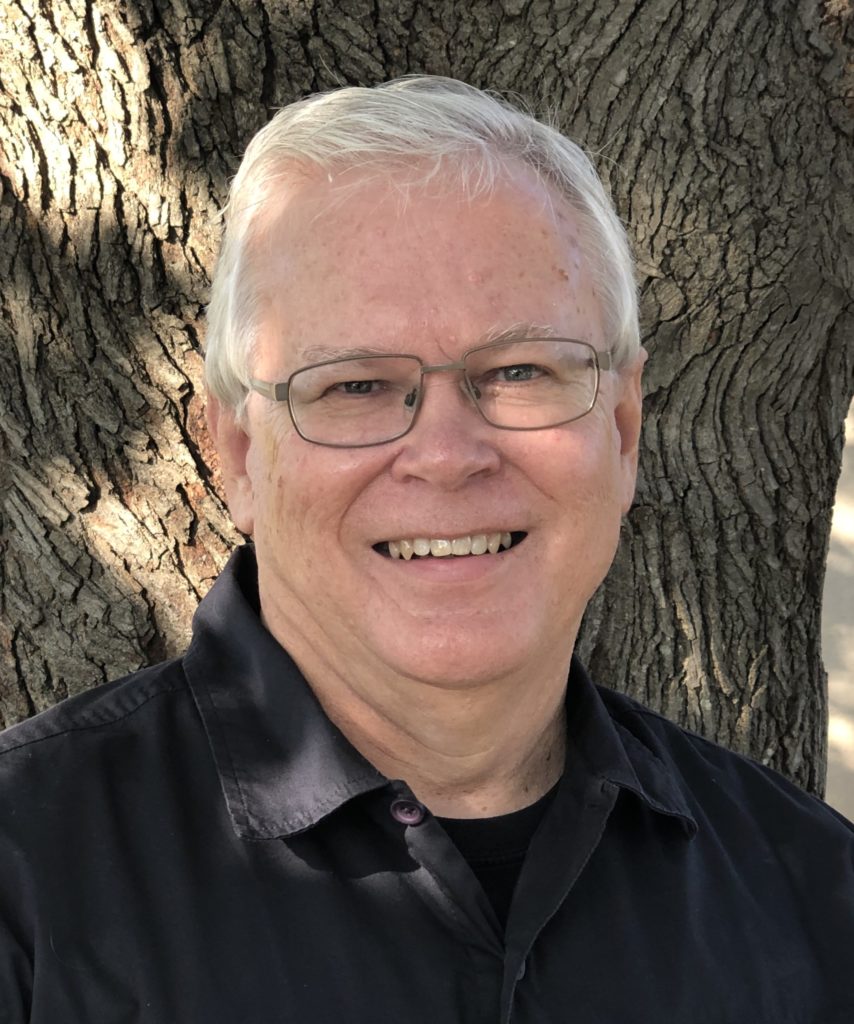
Ferrell Foster is senior specialist for care & communication with Prosper Waco.
The Act Locally Waco blog publishes posts with a connection to these aspirations for Waco. If you are interested in writing for the Act Locally Waco Blog, please email the ALW team — [email protected].
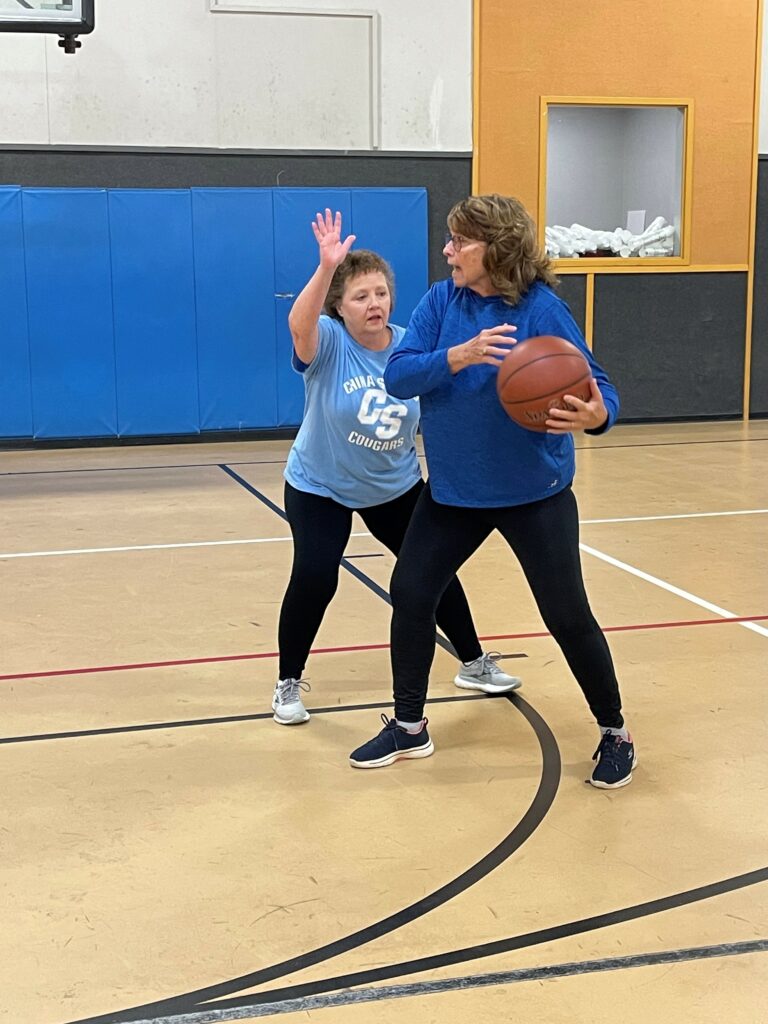
There’s a new women’s basketball team in town and they are practicing at the South Waco Community Center. The Waco Six Shooters have just been approved as a team by the national Granny Basketball® League, ”A gentle game for women of a certain age.”
Granny Basketball began in Iowa in 2005 when a group of women discovered they could get exercise and have some fun following the 1920s rules for women’s play. The league has grown to 40+ teams nationwide with 5 teams in Texas, including the newly accepted Six Shooters.
Kay H. Wilson, with the help of Wilma Figueroa, started the Six Shooters after attending the Harker Heights Old Glories practice. “I had such a blast,” Kay said, “I knew I had to try to start a team in Waco. I am so glad we got the response we did. And am so grateful for the friendly help of our home court at South Waco Community Center.”
The Six Shooters chose their name from Waco’s history; in the wild west days, Waco was often referred to as Six Shooter Junction because of its rowdy reputation. Individual teams are recognized by the color of their socks. The Six Shooters chose green as their color to pay homage to their hometown Baylor Bears. Granny basketball uniforms are straight from the ‘20s, pantaloons and all.
The organization currently has seven women practicing with the team, but the Six Shooters welcome all women 50 and over who are interested in joining the fun. Some of the women on the team played high school and/or college ball, some have played recreationally, and some have not played at all. Player/coach, Linda Gilliam said, “I am excited to be back on the court and if you think you are too old or out of shape, guess again. It’s fun and exciting.”
Karen Szabo, who is new to Waco, said, “I’m excited to play and glad to compete and experience the camaraderie within our team and meet new players across Texas.”
Anyone interested in joining or observing the Six Shooters can stop by the South Waco Community Center, 2815 Speight Avenue on Tuesdays at 10am.
The Act Locally Waco blog publishes posts with a connection to these aspirations for Waco. If you are interested in writing for the Act Locally Waco Blog, please email the ALW team — [email protected].
Dec. 14 marks the one-year anniversary of the FDA’s authorization of COVID-19 vaccines for emergency use. For the first time since the pandemic began, the United States was able to have a proactive response to protecting people from the Corona virus.
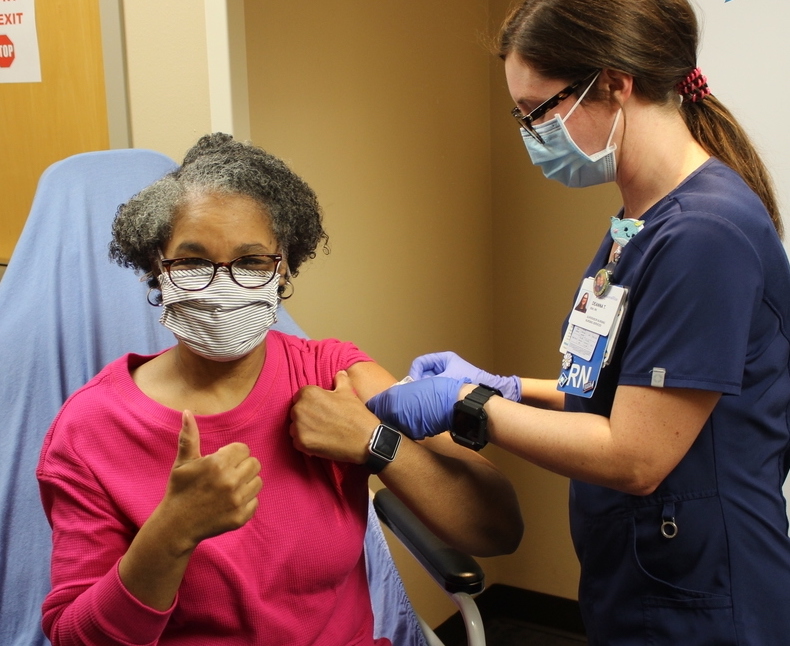
“This is a day to reflect on the marvel that it is that a year after the emergence of this new virus that vaccines could be developed, tested and deployed that are remarkably effective and safe,” said Dr. Farley Verner, health authority for Waco-McLennan County Public Health District. “And now over the year that these vaccines have been in use it is likely that over 200,000 deaths and untold numbers of hospitalizations have been prevented in the United States alone.”
The local public health district received the first shipment of 200 doses of the Moderna vaccine Dec. 23, 2020, and began vaccinating first responders. Since that time, the health district has administered 64,006 doses of vaccine through mass vaccination clinics, drive-through clinics, mobile clinics, and its main clinic.
Currently, 51% of McLennan County residents ages 5 and up are fully vaccinated.
The health district offers the Johnson & Johnson, Moderna, and Pfizer vaccines Monday through Friday at the main clinic (225 W. Waco Dr.) and at mobile clinics throughout McLennan County. You can find the schedule at www.covidwaco.com/.
The Act Locally Waco blog publishes posts with a connection to these aspirations for Waco. If you are interested in writing for the Act Locally Waco Blog, please email the ALW team — [email protected].
By Natalie Galindo
Join the City of Waco as we celebrate the first big event at the newly opened Bridge Street Plaza 3-7 p.m. Sunday, Dec. 19, with live performances beginning at 5 p.m. This family-friendly event will feature live music, local food trucks, vendors, arts and crafts, Skate Waco mobile unit, and much more.
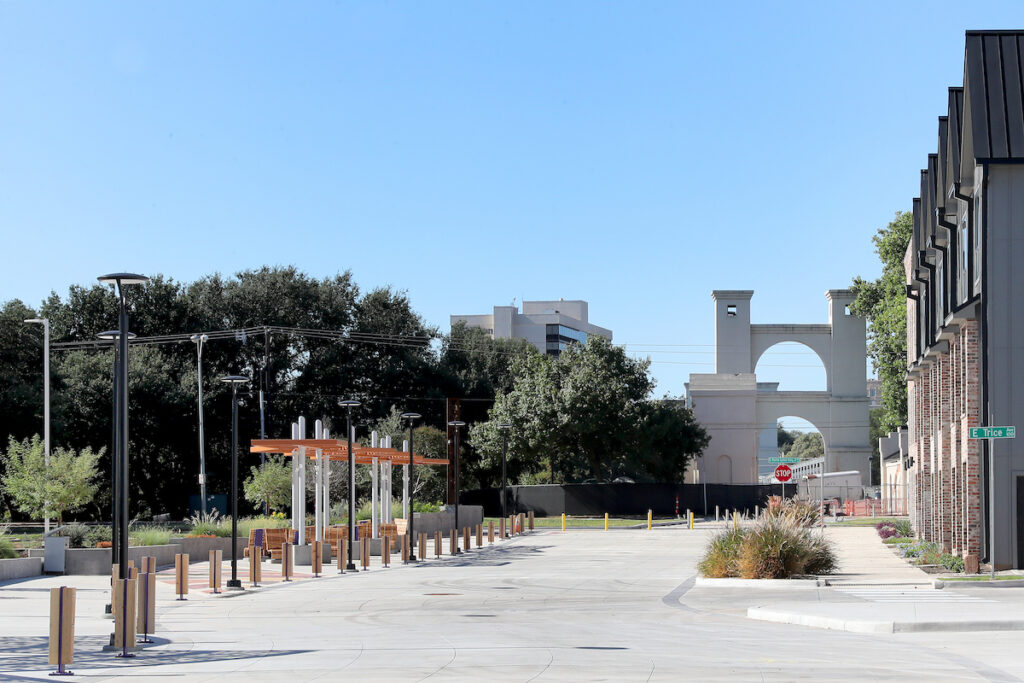
This plaza was built with the talent and entrepreneurship of the East Waco community in mind, and thus most of our performers and vendors are from East Waco or have ties to it.
Due to construction on Elm Avenue, access to the plaza will be via Taylor Avenue. We are asking the public to park in designated parking lots along Taylor. These lots include the TFNB (715 Elm), Elm Ave Community Clinic (609 Elm), and City Center Waco (801 Elm).
Parking signage will be deployed to direct people, and a shuttle service will be available for those who have to park blocks from the plaza.
East Side Market at Brotherwell Brewing will be occurring on the same day. So, we are excited about the concentration of activity in the Elm corridor on that day.
City Center Waco is a nonprofit agency that serves as a bridge between community and development in
downtown and the surrounding neighborhoods.
Natalie Galindo is public information communications specialist with the City of Waco.
The Act Locally Waco blog publishes posts with a connection to these aspirations for Waco. If you are interested in writing for the Act Locally Waco Blog, please email the ALW team — [email protected].
By Ferrell Foster
Waco may be on the verge of greatness. This thought came to me this morning as I reflected on two true things — our town seems to be facing the reality of its high poverty rate, and we also seem to be taking the arts seriously.
It may seem odd to tie these two things together, so let me try.

No city can be great when such a high percentage of its population lives in poverty. There is all kinds of data to prove this point, but you can also drive into certain parts of town and convince the other side of your brain of this truth.
The poor will always be with us, as someone famous once said, but that did not prevent him from caring deeply and working on behalf of the poor. That guy’s name was Jesus, and people are still talking about him, even worshipping him, 2,000 years later.
So, yes, there will always be people who live in poverty, but that doesn’t mean the rest of us shouldn’t work our tails off helping as many as we can. We help them in the short term by dealing with basic needs (food and shelter), but the most important help comes in the form of education and job training — things related to earning a liveable wage. A minimum wage job cannot support anyone adequately unless they are living with someone else.
And, by the way, our very best schools should be in our very poorest neighborhoods. That’s where it is most needed. But, in Texas, we have the opposite. The best schools are usually in wealthier neighborhoods. Education takes money, even though some don’t like to admit it. Those same people often pay more for housing or private schools for that very reason — it takes money to educate children while parents are working elsewhere.
The other side of this coin is promotion of the arts. This is not often understood as intuitively as the other. We are so enmeshed in a capitalist society that we can easily think business and money-making are the most important parts of building a community. Business and money-making are essential, but addressing poverty and promoting the arts is equally important.
Why the arts? This sector is much like the spiritual sector (of which we already have great strength). Both promote a connection to truth and concerns beyond oneself, and when we connect to deeper Realities we generally become more attuned to the people around us, or we should. Sometimes American religion can be very self-centered (as in “my” salvation) and undermine broader concern, but Christianity and other religions lift love of neighbor to equal footing with love of self. Self-esteem is good (you are created in the image of God), but neighbor-esteem is just as important (they are created in that same image).
More than 100 years ago, Evelyn Underhill understood the connection between spirituality and art. Artists, she said, are “aware of a more vivid and more beautiful world” than other people. They are “always driven by their love and enthusiasm” to express before others “those deeper significances of form, sound, rhythm, which they have been able to apprehend.”
Artists can do this because “they taste deeper and deeper truths, make ever closer unions with the Real. For them, the duty of creation is tightly bound up with the gift of love,” Underhill wrote.
This is why we need artists, just as surely as we need preachers. They help us to connect with the broader realities that many of us identify as God, while others identify it in other ways. This makes, or should make us, better neighbors. And better neighbors make better towns.
And, by the way, the creativity of the artistic mindset can be financially profitable, as well. For proof of this look no further than our very own Joanna Gaines. Joanna’s creativity with Chip’s business sense as built something important that is benefiting many.
Almost 30 years ago, the band Jars of Clay recorded a song titled “The Art in Me,” which included these lyrics:
“Sculpting every move
You compose a symphony
And you plead to everyone
See the art in me
See the art in me
See the art in me.”
(Songwriters: Charlie Lowell / Dan Haseltine / Matthew Ryan Bronleewe / Stephen Daniel Mason)
May we see the art in each other and work to help each other, both in our struggles and in our art.
Ferrell Foster is senior specialist for care & communication with Prosper Waco. He is also on the Board of Directors of Act Locally Waco and a regular contributor to the blog.
The Act Locally Waco blog publishes posts with a connection to these aspirations for Waco. If you are interested in writing for the Act Locally Waco Blog, please email the ALW team — [email protected].
Atmos Energy recently donated $5,000 to the McLennan Community College Foundation to help support Paulanne’s Pantry, the MCC food pantry.

“This gift will do so much to help us serve students who are working hard to support themselves or a family while they attend college,” said Kim Patterson, the foundation’s executive director. “Hunger is a real issue on college campuses, especially at community colleges where many students live perilously close to the edge of financial security. We are incredibly grateful to Atmos Energy for their commitment to support our students.”
The gift will enable MCC’s pantry to provide meals for up to 200 students because of the pantry’s supply partnership with the Central Texas Food Bank, according Natalie James, Completion Center associate director. Students who access the pantry are typically limited to one visit per month and are provided with coaching to help with accessing other community resources. Each pantry visit provides enough food for three meals for a family.
Paulanne’s Pantry was named in honor of Waco resident Paulanne Ream Hoover, who left a gift to the MCC Foundation in her estate plan. This gift funded an endowment to cover basic costs of pantry operations, as well as establish the first scholarship fund for part-time students at the college.
The MCC Foundation raises public and private support to fund scholarships, faculty and staff professional development, emergency aid and capital needs at the college. To learn more, visit www.mclennan.edu/foundation or contact Patterson at 254-299-8606 or [email protected].
The Act Locally Waco blog publishes posts with a connection to these aspirations for Waco. If you are interested in writing for the Act Locally Waco Blog, please email Ferrell Foster.
By Kelly Palmer
The Ultimate Waco Gift Guide. Y’all asked for a citywide holiday gift guide featuring beloved small businesses, so you know I had to deliver!
This year’s edition is an Enneagram Gift Guide, and each type offers three gift ideas featuring small businesses owned and operated by our neighbors. Price points are from $10 to $100, so you can find something for everyone on your list. All of the businesses highlighted here are locally owned, and the majority are also owned by women and/or people of color, with a few social enterprises, as well. Let’s #shopwaco and #shoplocal this holiday season.

Gifts for the Enneagram 1: The Reformer
Enneagram Ones are conscientious and ethical, with a strong sense of right and wrong. They are teachers, crusaders, and advocates for change: always striving to improve things, but afraid of making a mistake. Well-organized, orderly, and fastidious, they try to maintain high standards.
Custom stationary from January Letter Press makes a great gift in helping them stay organized and professional looking.
Keeping a clean and organized home is hard, especially during the holidays, but a cleaning from SWEEP will sweep them off their feet! This is an especially good present if their love language is Acts of Service.
An Enneagram One also strives to have a perfect tree and decorations from World Cup Cafe and Fair Trade Market are a great way to achieve that.

Gifts for the Enneagram 2: The Helper
Enneagram Twos are empathetic, sincere, and warm-hearted. They are friendly, generous, and self-sacrificing, but can also be sentimental, flattering, and people-pleasing. They are well-meaning and driven to be close to others, but can slip into doing things for others in order to be needed.
A Five Pack of classes from Yoga8 can help them take care of themselves instead of focusing on helping others. Since they are so used to caring for others it will mean a lot to them that you are helping them care for themselves.
A bouquet from Bloom Waco will also remind them how good it feels to be cared for and will be a lovely gift that is about them.
Since an Enneagram Two takes joy in helping others, they will love having a nice piece that makes it easier for them to celebrate themselves and others. This cake stand from Harper Design Co takes the cake on cake stands. This is an especially good present if their love language is Quality Time.

Gifts for the Type 3 Enneagram: The Achiever
Enneagram Threes are self-assured, attractive, and charming. Ambitious, competent, and energetic, they can also be status-conscious and highly driven for advancement. They are diplomatic and poised, but can also be overly concerned with their image and what others think of them.
A unique piece of art from local artist Christal Peterson will help any Type Three make sure their home or office stands out.
Alchemy Jewelry House features sterling silver and gold plated pieces that will ensure your Type Three is impressing everyone around them.
A bottle of Frisant Wine from Waco Wine Shoppe will be a great way for your Type Three to impress their guests at their next dinner or party.

Gifts for Type 4 Enneagram: The Individualist
Type Fours want to express themselves and their individuality, to create and surround themselves with beauty.
A Custom Hat from Virgo & Co is a one-of-a-kind piece that will make them feel seen.
Leather Journals from MC Art Supplies are the perfect way to give your Type Four their main character moment. Are they writing a novel or a grocery list? Who cares? They look cool doing it.
Bring out your inner Cha-rista with Matcha powder from Cha Community and let your Type Four custom make their drinks exactly the way they like them. (Formerly known as Waco Cha).

Gifts for Type 5 Enneagram: The Investigator
Enneagram Fives are alert, insightful, and curious. Type Fives want to possess knowledge, to understand the environment, to have everything figured out. They are able to concentrate and focus on developing complex ideas and skills. Independent, innovative, and inventive, at their best they are visionary pioneers, often ahead of their time, and able to see the world in an entirely new way.
A bottle of Malt Whiskey from Balcones Distilling will get their curiosity and creativity flowing.
Topographical Tumblers from Black Oak Art are unique, interesting pieces of art that will spark joy.
A trip to Central Goods will be like a trip to Disney for Enneagram Fives.

Gifts for Type 6 Enneagram: The Loyalist
The committed, security-oriented type. Sixes are reliable, hard-working, responsible, and trustworthy. Excellent “troubleshooters,” they foresee problems and foster cooperation. Type Sixes want to have security, to feel supported by others, to have certitude and reassurance, to test the attitudes of others toward them, to fight against anxiety and insecurity.
A Waco Hat from Waco Hat Company will help them show off their hometown pride!
Type Sixes can be overthinkers and a hand-poured candle from Symphony Candle Co will help them relax and live in the moment!
Type Sixes love to solve problems and this puzzle from Fabled Bookshop will speak to their inner problem solver while in a way where they can relax and have fun.

Gifts for Enneagram Type 7: The Enthusiast
Enneagram Sevens are extroverted, optimistic, versatile, and spontaneous. Playful, high-spirited, and practical. They want to have fun and fear missing out on things that will be fun.
A Family Cameron Park Zoo membership is the perfect activity for Enneagram Sevens because it is fun and interactive. With a membership they can easily go anytime they feel like being spontaneous because there’s not a lot of planning involved.
Life is like a box of chocolate and these chocolates from Splendid Oaks will be a fun way for your type Seven to enjoy delicious chocolate in a way that feels like a mini adventure.
These retro earrings from The Black Daisy will make any outfit more fun!

Gifts for Type 8: The Challenger
Enneagram Eights are self-confident, strong, and assertive. Protective, resourceful, straight-talking, and decisive. Type Eights want to be self-reliant, to prove their strength and resist weakness, to be important in their world, to dominate the environment, and to stay in control of their situation.
Axe Throwing at Waco Axe Company is the perfect way to demonstrate strength and control in a way that’s fun for everyone.
This bag from Wildland will help your Enneagram Eight keep everything together and under control in the most fashionable way.
Meal Prepping is so good for you but it can be extremely time consuming and overwhelming. Help your Enneagram Eight take control of their health and make sure they’re easting well to stay strong. This is an especially good present if their love language is Acts of Service.

Gifts for Enneagram Type 9: The Peacemaker
Enneagram Nines are accepting, trusting, and stable. They are usually creative, optimistic, and supportive, but can also be too willing to go along with others to keep the peace. They want everything to go smoothly and be without conflict. At their Best: indomitable and all-embracing, they are able to bring people together and heal conflicts.
This hoodie from Clasé Vintage Goods is the perfect way to make everyone know their deepest desire is to see everyone happy!
The Winter Nourishing Gift Set from Lovely Enterprises is the perfect way to show your Enneagram Type 9 that you understand their desires of bringing peace by supporting a great local nonprofit that supports women who are survivors of abuse.
Coffee from Be Kind Coffee is the best way for your Enneagram 9 to start their morning off on the right foot and to remind them above all to just be kind.
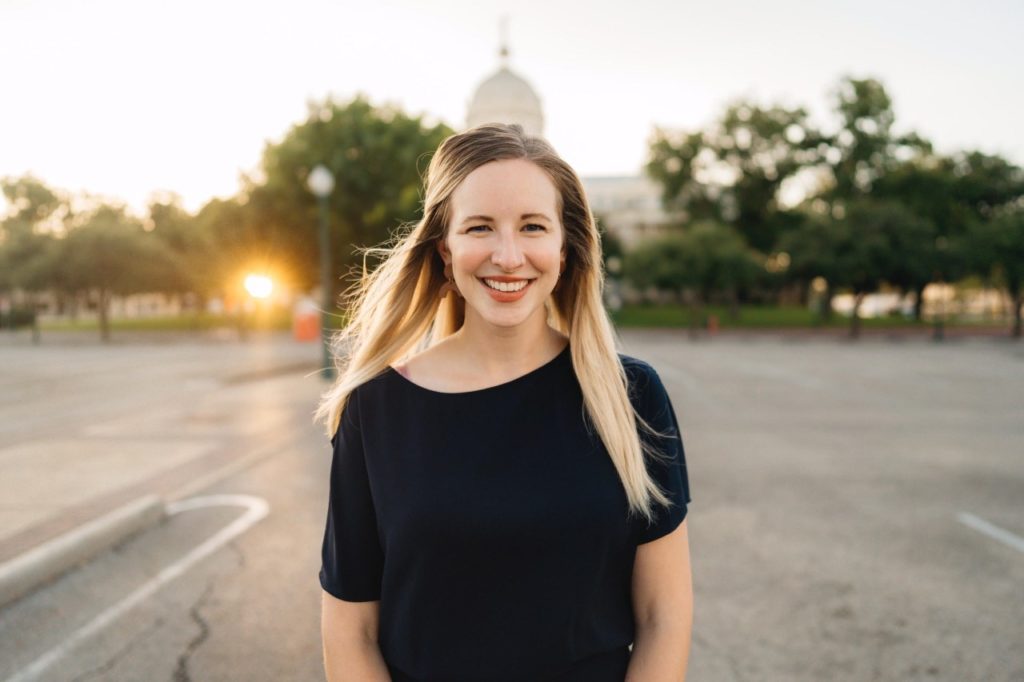
Kelly Palmer is a licensed social worker, educator, and member of the Waco City Council.
The Act Locally Waco blog publishes posts with a connection to these aspirations for Waco. If you are interested in writing for the Act Locally Waco Blog, please email Ferrell Foster.
